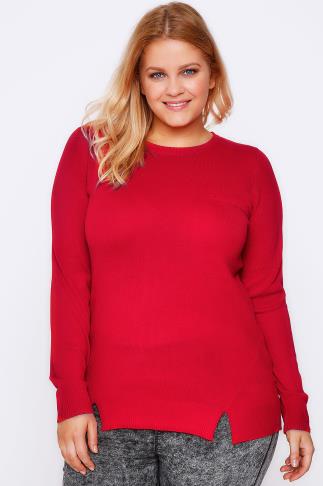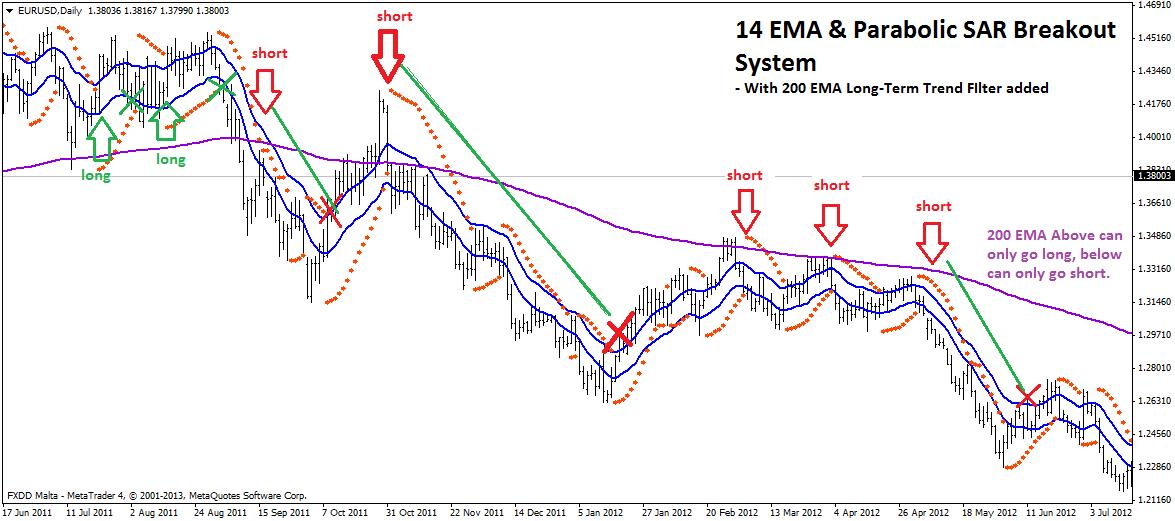Contents:


By crediting the amount in the latter, the capital account, along with the current and financial accounts, makes up the country’s balance of payments. It is by crossing the income and expenses that the summary is obtained, which is eventually allocated to this account. Subsequently, it can derive to other types of incomes, such as the profit and loss accounts. A temporary account is an account that will be closed after a while. Making an entry in temporary accounts can be done both manually or through automated programs. For example, a bookkeeper may enter the data into a printed spreadsheet or use online tools like Google Spreadsheets, Microsoft Excel, or other free and paid online accounting tools.
If all types of transactions are synced, all sales and payouts, then the balance of the clearing account in your QuickBooks or Xero will be equal to the Stripe account balance . That is how a clearing account mimics a real-life situation and plays the role of a payment provider in the accounting system. The clearing accounts created by Synder will also be named after the payment provider, e.g. the Stripe bank account.
How loan officers are dealing with surging rates and record-low … – HousingWire
How loan officers are dealing with surging rates and record-low ….
Posted: Mon, 06 Mar 2023 08:00:00 GMT [source]
Subtracting your expenses from your revenue leaves you with a balance of $1,700, which is what you will need to transfer out of the income summary account into the capital account. Temporary accounts are accounts where the balance is not carried forward at the end of an accounting period. Instead, the balance in these accounts are transferred at the end of the period to the appropriate permanent account. While a permanent account indicates ongoing progress for a business, a temporary account indicates activity within a designated fiscal period. A payroll clearing account is a zero-balance account that you use to record and monitor your payroll. The account in this scenario is typically a bank account specifically used for holding funds for a temporary amount of time.
Credit Card Accounts – Temporary Accounts
One of the most crucial aspects of corporate management is accounting. It involves recording and maintaining transaction details for different accounts. Your revenue account tells you you’ve earned $500,000 this year, and your accounts receivable says you still need to collect $15,000 from your customers. Businesses typically list their accounts using a chart of accounts, or COA. Your COA allows you to easily organize your different accounts and track down financial or transaction information.
- It helps them build long-term strategies based on accurate projections rather than guesswork.
- A company will choose the software based on its needs and the requirements of its products.
- Below are examples of closing entries that zero the temporary accounts in the income statement and transfer the balances to the permanent retained earnings account.
- A closing entry is a journal entry that is made at the end of an accounting period to transfer balances from a temporary account to a permanent account.
- In a business, there are many different types of accounts that can be used to manage finances.
Temporary accounts are elements in accounting that remain in existence for a short period of time. Usually, they are started at the beginning of the accounting year and record every transaction within the accounting year. Temporary account accounting includes expense accounts, income statements, and withdrawal accounts.
Retirement Accounts – Temporary Accounts
Permanent accounts are the accounts that are seen on the company’s balance sheet and represent the actual worth of the company at a specific point in time. The meaning of permanent accounts are accounts whose balances remain open at the end of the accounting time and are carried over to the next accounting period. The balance at the end of an accounting period becomes the beginning balance for the next period, and is viewed on the company or individual’s balance sheets. Permanent accounts represent the worth of a company at a specific time and are also called real accounts. Temporary accounts are accounts that are designed to track financial activity for a specific period of time.
Qualcomm shares fall on weak first-quarter outlook – CNBC
Qualcomm shares fall on weak first-quarter outlook.
Posted: Thu, 03 Nov 2022 07:00:00 GMT [source]
Asset accounts – asset accounts such as Cash, Accounts Receivable, Inventories, Prepaid Expenses, Furniture and Fixtures, etc. are all permanent accounts. Types of temporary accounts may include revenue accounts, expenses accounts, and income summaries. A.Like accounts receivable, accounts payable is also an example of permanent accounts. The balance in the payables account gets carried forward to the next accounting period at the end of a period.
A periodic inventory system is an accounting method where inventory tracking is updated manually at the end of a specific period. The specific identification method is the same in both a periodic system and perpetual system. Although not widely used, this method requires an extremely detailed physical inventory. The company must know the total units of each good and what they paid for each item left at the end of the period. In other words, the company attaches the actual cost to each unit of its products.
As it is not a temporary account, it is transferred to the capital account instead of the income summary through an amount credit. In the case of an individual, it comprises wages or salaries or other payments. Account, delivery expense account, purchase account, etc., are the type of temporary accounts included under losses and gains.
Clearing account vs. Checking account
Products in the ending inventory are the ones the company purchased most recently and at the most recent price. In a periodic FIFO inventory system, companies apply FIFO by starting with a physical inventory. In this example, let’s say the physical inventory counted 590 units of their product at the end of the period, or Jan. 31. Complete the closing entry at the end of the accounting period, after the physical count. You can calculate the COGS by using a balancing figure or the COGS formula.

Learn more about how you can manage inventory automatically, reduce handling costs and increase cash flow. While periodic inventory is easy to implement, it comes with several noteworthy drawbacks around the level of detail you get and how often your information is updated. Cost of goods sold is defined as the direct costs attributable to the production of the goods sold in a company.
What’s the Difference Between Temporary and Permanent Accounts?
For example, your year-end inventory balance carries over into the new year and becomes your beginning inventory balance. The perpetual inventory system gives real-time updates and keeps a constant flow of inventory information available for decision-makers. With advancements in point-of-sale technologies, inventory is updated automatically and transferred into the company’s accounting system. This allows managers to make decisions as it relates to inventory purchases, stocking, and sales.
For example, if you wanted to know your revenue for 2022—that would be a temporary account—and in 2023, the balance would go back to $0. This involves transferring the amount in the revenue account to the income summary. Basically, to close a temporary account is to close all accounts under the category.
The purpose of this type of account is to set aside the payment details before the ultimate transaction finalization. If you’re using the wrong credit or debit card, it could be costing you serious money. Our experts love this top pick, which features a 0% intro APR until 2024, an insane cash back rate of up to 5%, and all somehow for no annual fee. Using LIFO, because the $6 crystals were the last inventory items added before the customer’s purchase on January 20, they are the first ones sold. Because we’re using the FIFO method, our order includes the first crystals that were placed in stock, which were $4 each. The remaining crystals in the order were taken from the second group of crystals purchased, which were $6 each.
- Krista holds a bachelor’s degree in English from The University of Texas at Austin and held senior positions at NASA, a Fortune 100 company, and several online startups.
- Balances may change depending on daily transactions, but these accounts are not closed and do not transfer balances to the owners’ capital accounts.
- When you see the transactions appear in Synder with the green status Synced, it means that the transaction is synchronized by the system.
- Using temporary accounts creates a clean closing process that avoids discrepancies or mistakes when transferring balances from one period to another.
- Since a portion of a company’s inventory goes unsold each year, it makes sense that the company would not include the entire amount of its inventory as an asset on their balance sheet.
For the purpose of present value of an annuity table tracking and fulfillment, it’s common for an e-commerce business to record the initiation of the sales process and relief of inventory well before the final deposit. Let’s say, your business receives payments via Stripe from a customer. The money gets transferred from the customer’s Stripe account to yours and is kept there for some time. You can’t see them on your real bank account or manage this money for a moment.
Either way, you must make sure your temporary accounts track funds over the same period of time. A few examples of sub-accounts include petty cash, cost of goods sold, accounts payable, and owner’s equity. The accounts are closed to prevent their balances from being mixed with the balances of the next accounting period.

The closure of temporary accounts must coincide with the end of the accounting period to which they relate. This is not exactly a closure, as the account continues to exist. What is do is to bring the balances to record the corresponding changes, and in the case of income and expense accounts to zero. The net balance in the income and summary account and the balance in dividends paid account are carried to the retained earnings account.
Overall, the perpetual inventory system is superior because it tracks all data and transactions. However, with a perpetual system, you need to make more decisions to use it successfully. However, perpetual systems require your staff to perform regular recordkeeping. For example, in a periodic system, when you receive a new pallet of goods, you may not count them and enter them into stock until the next physical count. In a perpetual system, you immediately enter the new pallet in the software so the system can track its life in your business. When there is a loss, theft or breakage, you should also immediately record these updates.
Before you can learn more about https://1investing.in/ accounts vs. permanent accounts, brush up on the types of accounts in accounting. A temporary account, as mentioned above, is an account that needs to be closed at the end of an accounting period. It aims to show the exact revenues and expenses for a company for a specific period. There are basically three types of temporary accounts, namely revenues, expenses, and income summary. Some examples of permanent accounts include assets account, liabilities account, and the owner’s equity account. FIFO means first-in, first-out and refers to the value that businesses assign to stock when the first items they put into inventory are the first ones sold.
Record the purchase discount by debiting the accounts payable account and crediting the purchase discount account. “Periodic systems are better with unknowns. Not all periodic systems have computer systems attached since computer logic does not do well with many unknowns,” explains Relph. The guide has everything you need to understand and use a periodic inventory system. You’ll find basic journal entries, formulas, sample problems, guidance, expert advice and helpful visuals. This can be seen most prominently in products that require exceptional time or expense in secondary stages of production. Items such as pharmaceuticals, machinery, and technology are three products that require large amounts of expense after their initial designing.